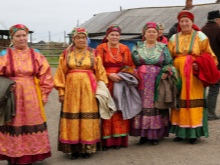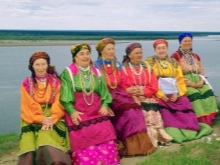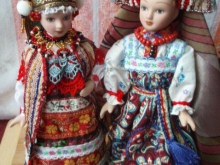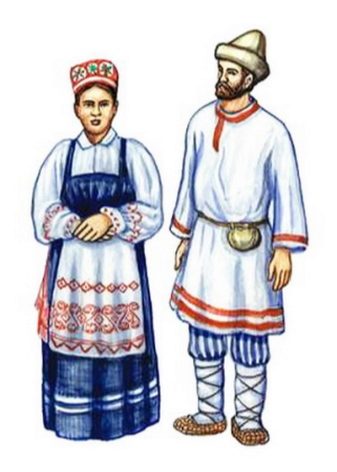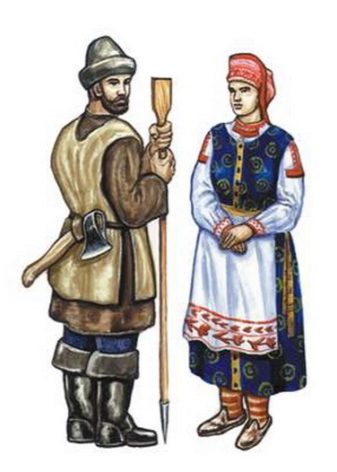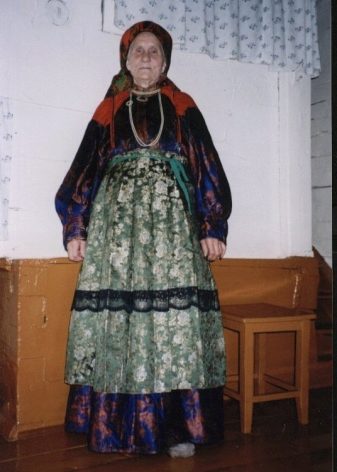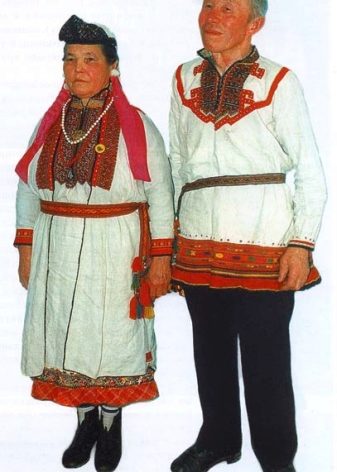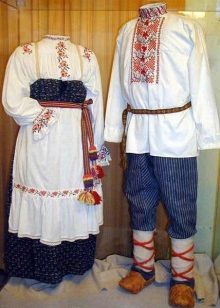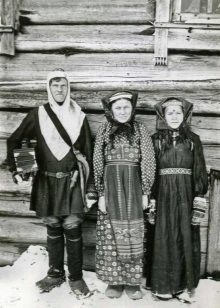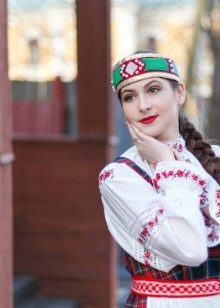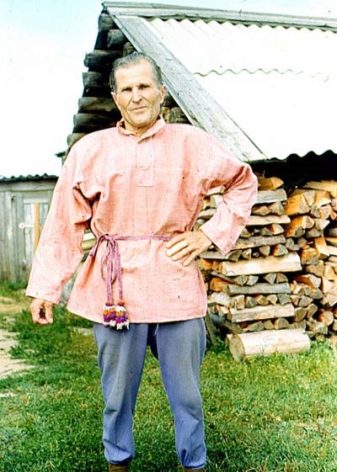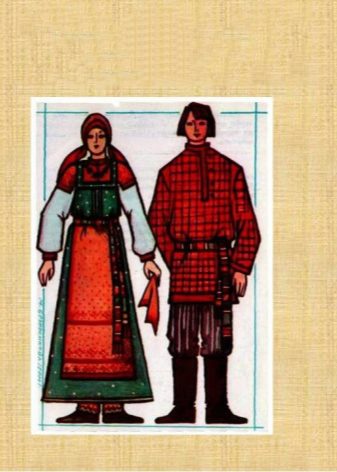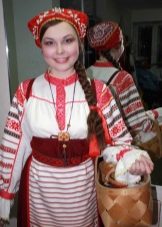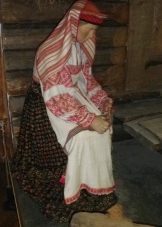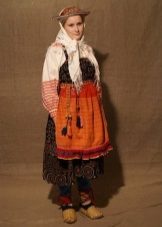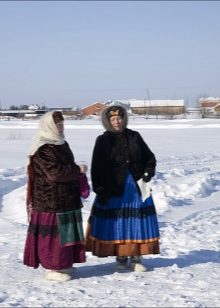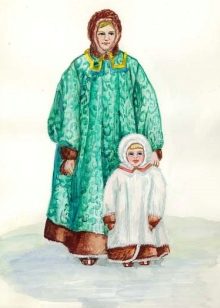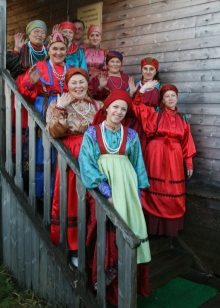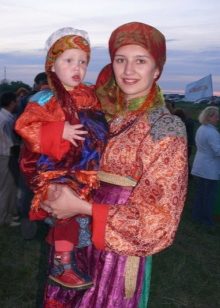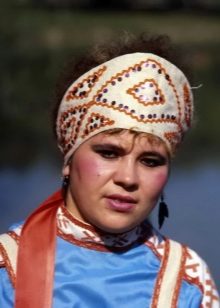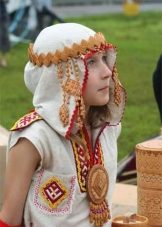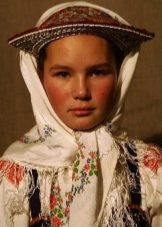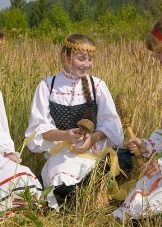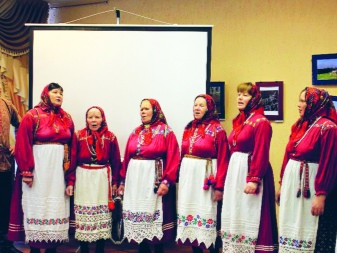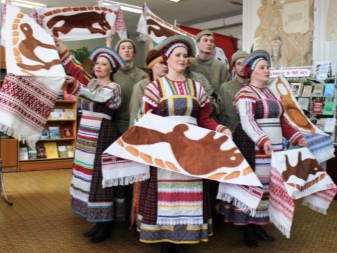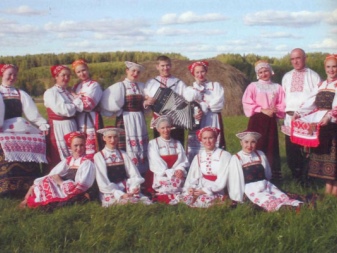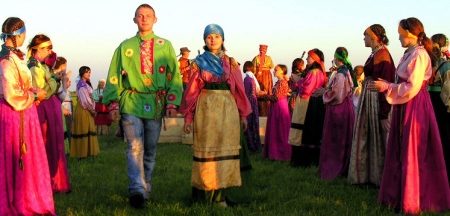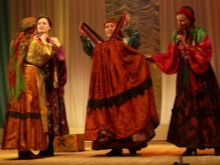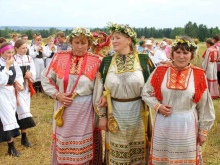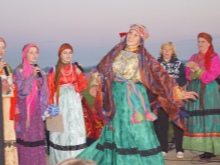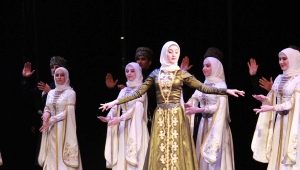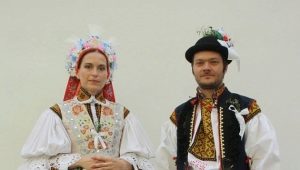Komi national costume
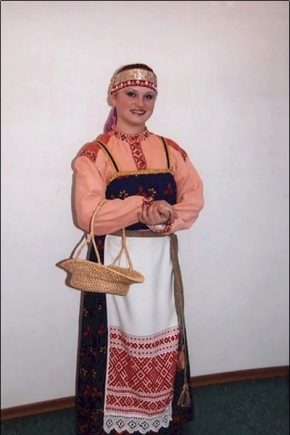
Costume is an important part of the culture of any nation. It reflects everything. The conditions in which people lived, beliefs, even historical events leave their mark on the styles and elements of clothing. Preserving the traditions of the national costume is the preservation of the memory of the nationality itself.
A bit of history
Komi is a group of Finno-Ugric peoples who have lived in the Northeast of the European part of Russia since antiquity. Their history can be traced from the 1st millennium BC. The Great Perm, the Komi principality, was first mentioned in the Tale of Bygone Years and has been constantly present in Russian sources since then. 800 Komi warriors came to the aid of Dmitriy Donskoy on the Kulikovo Field, later this region was engaged in active trade in furs with other principalities. In the 16th century, during the conquest of the principality by Ivan the Terrible, oil was found, and 300 years later, in 1930, rich deposits of coal were explored here. In 1993, the Komi Republic was formed. Nowadays, most of the population of these lands is ethnic Komi-Zyrians. This nation keeps its cultural heritage: language, customs, folklore and, of course, costume.
Description of the dress
Traditional costumes of this people are diverse and very colorful. Festive clothing was sewn from thin linen, cloth of the best quality, and in later times from factory fabrics. The wealthiest people could even wear silk, brocade, satin and cashmere.
Komi men's suit
Men of the Komi people were unpretentious in clothes. The peasant's casual suit consisted of linen, pants, and a shirt, which were sewed from the coarsest and cheapest materials.
Hunters, fishermen and lumberjacks, except for pants and shirts, wore special shoes with bent noses and solid soles (kym), and a sleeveless jacket (luzan) or a caftan was topped from above, if it happened in winter. Outerwear was sewn from homespun cloth of white or gray color, then it was trimmed with leather, the belt was sewn right to the belt, and shoulders were strengthened with triangular-shaped pieces of fabric. Sometimes this sleeveless was a hood.
Festive clothes differed from everyday color and expensive fabrics. The men wore a shirt-shirt, made of bright silk or satin, girdled with a leather or woven belt, and the trousers sewn from a good soft cloth were tucked into high boots. And from above a jacket or a caftan was thrown, depending on the season.
Women's Komi Costume
The woman’s casual costume consisted of a long shirt and a sundress.
The shirt usually reached almost to the floor and was sewn from two types of fabric. The top, visible to all part, was sewed from high-quality fine fabric, and on the bottom was more coarse, but wear-resistant. Over such a shirt was worn sundress. In ancient times it was cut with wedges, later sundresses became straight, a bodice or bodice was added to them, and it was held with the help of shoulder straps. In contrast to the white and gray fabric shirts, this piece of clothing tried to sew from bright fabric. Even the daily outfit of a Komi woman had to emphasize her beauty and skills of the hostess.
Outerwear was quite diverse. In winter, women wore sheepskin coats. In the most severe frosts from above a zipun could also be added. Velvet fur coats with fox or squirrel fur were found among the most well-to-do.
The festive clothing was cut in a casual fashion, but it was much richer decorated with embroidery and sewed from better and more expensive fabrics. Wealthy Komi wore sleeveless sleeveless jackets over the sundress.
Skirts, dresses and shirts appeared in the Komi wardrobe only by the middle of the 20th century.But in them women adhered to the usual colors and styles.
A special part of the dress was headgear. They pointed to the social status of women. Young girls wore hoops, brocade ribbons or tough bandages. Hair did not close until marriage. If they were alone, they walked like this until old age. Together with the marriage changed the headdress. At the wedding, the girl wore a woman-jur, similar to the Russian kokoshnik, and until old age had no right to take it off. Show hair, having lost Baba Jura, was considered a great shame. In old age they began to cover their heads with simple scarves.
Features
The special features of the costumes of the Komi people are considered to be a special cut of shirts, the use of two types of fabrics for them. The main part was sewed from thin, whitewashed canvas, and the inserts on them were made of bulls. In men's shirts often stand collar and straight sleeves.
The abundance of embroidery on both women's and men's suits is also a bright detail. On the shirts, the sleeves from wrists to the shoulders were embroidered with bright red, blue and black threads. With the advent of chemical dyes, the choice of colors has become even richer.
Modern models
Komi national costume is not a thing of the past. Not only scholars, ethnographers and historians, but also ordinary modern residents of the Komi Republic are interested in them. The main part of the costumes now being created is based on the traditions of the early 20th century, often a shirt with a skirt and apron, decorated with bright embroidery.
National costumes or only their elements are used for performances of various creative groups, for thematic photo shoots and weddings. Young fashion designers working in the Komi Republic also do not forget their roots and often create collections using fragments of the national costume.
